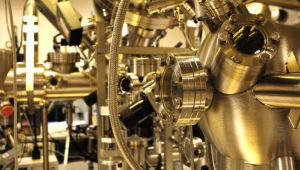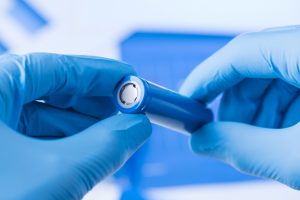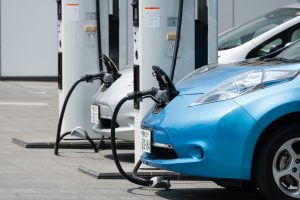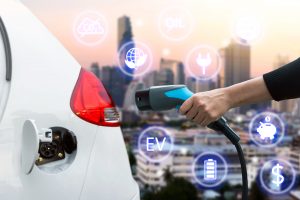Lead batteries have been around 1859. They’ve changed our lives, giving us car batteries, standby batteries in case power outages, electric vehicles, and more. Still, despite all this progress, no one really understands the inner workings of lead batteries. According to Essential Energy Everyday, for the last century, lead battery manufacturers have invested much of their research in creating function and production, without fully understanding the underlying chemistry. However, that’s soon said to change as lead batteries are headed for a “high-tech makeover.”
A team of researchers from the U.S. Department of Energy’s Argonne National Laboratory, Advanced Lead Acid Battery Consortium, and Electric Applications have joined forces to realize the potential of a venerable battery technology.
Venkat Srinivasan, director of the Argonne Collaborative Center for Energy Storage Science and ECS member, says this is a beautiful example of how synergy between industry and science can drive innovation. (more…)










 The
The 